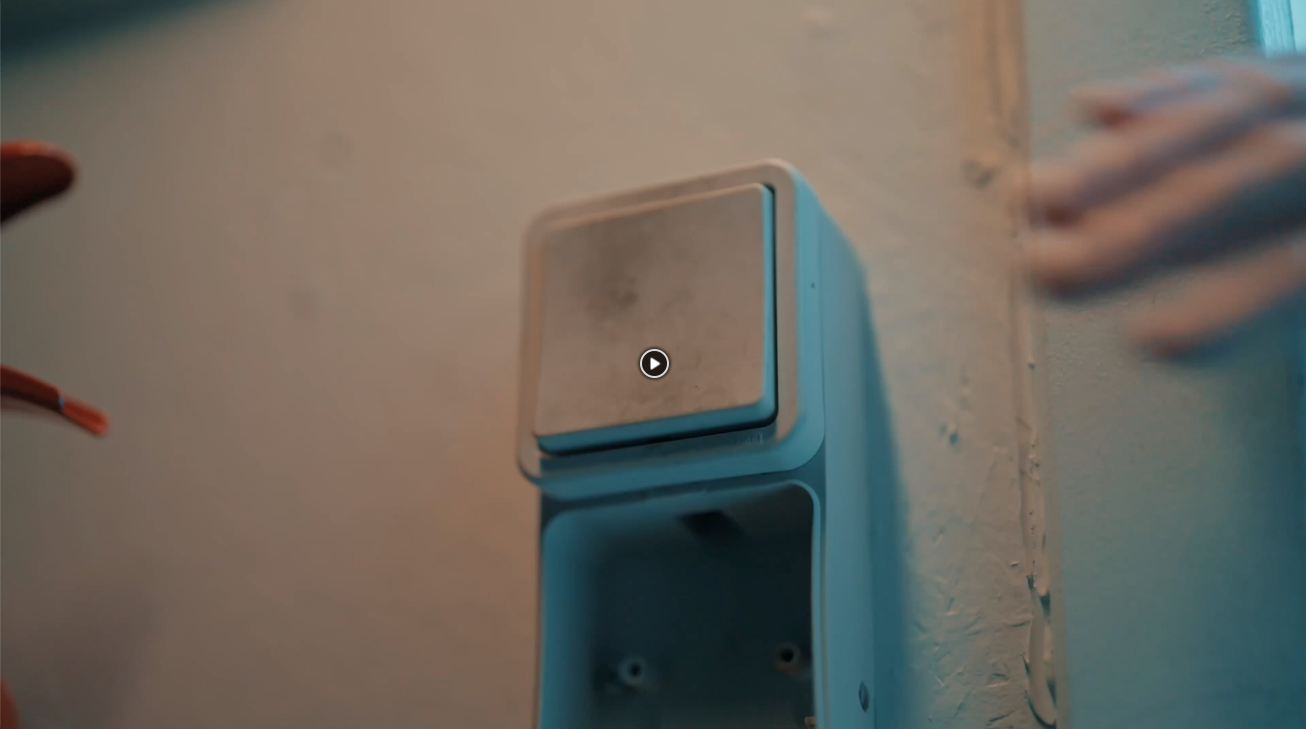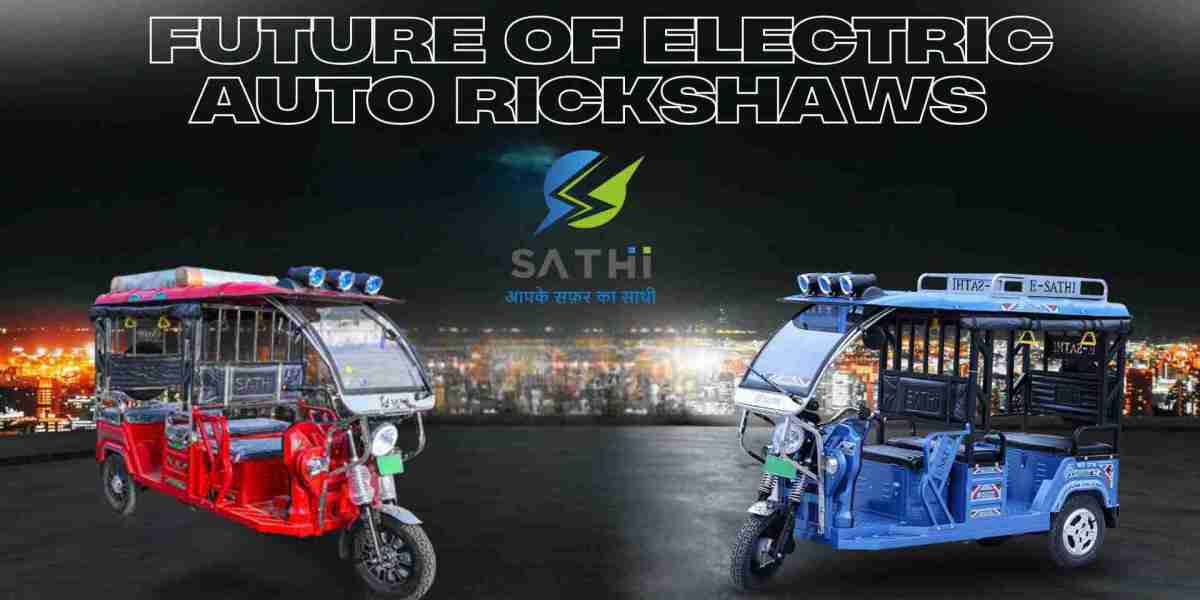In today's world, indoor air quality and energy efficiency have become top priorities for homeowners, building managers, and industries alike. Traditional ventilation systems often rely on manual controls or basic timers, which can lead to unnecessary energy consumption or inadequate fresh air exchange. Smart ventilation automation introduces a new level of sophistication by using intelligent systems that respond dynamically to changing indoor conditions. These systems optimize airflow and filtration, ensuring comfort and safety while minimizing wasteful energy use. By adapting continuously to occupancy levels, air quality metrics, and external environmental factors, smart ventilation creates healthier, more comfortable indoor environments and contributes to sustainable energy management.
Core Technologies Powering Smart Ventilation Systems
At the heart of smart ventilation automation are interconnected technologies such as sensors, controllers, and communication networks. High-precision air quality sensors detect concentrations of carbon dioxide, volatile organic compounds, humidity, and particulate matter, providing real-time data on indoor conditions. The controllers process this data and automatically adjust vents, fans, and dampers for optimal air exchange. Advanced systems often employ IoT (Internet of Things) connectivity, allowing remote monitoring and control via mobile devices or centralized management platforms. Machine learning algorithms further enhance system performance by analyzing historical data to predict future needs, enabling preemptive adjustments. These integrated technologies work harmoniously to create a smart, adaptive ventilation framework capable of maintaining ideal indoor conditions efficiently.
Benefits of Intelligent Ventilation for Energy and Cost Savings
One of the most compelling reasons to adopt smart ventilation automation is its impressive potential for cutting energy waste and reducing operational costs. By precisely tailoring airflow based on occupancy and air quality, these systems prevent over-ventilation—a common problem in traditional setups—saving substantial amounts of energy. For instance, in commercial buildings, smart systems can detect when spaces are unoccupied and switch to low-power modes, significantly lowering electricity consumption. During peak usage, they ramp up ventilation only when necessary, ensuring that energy isn't wasted maintaining conditions that are already optimal. Over time, these efficiencies translate into lower utility bills and a reduced carbon footprint, making smart ventilation an economically and environmentally advantageous investment.
Improving Indoor Air Quality and Occupant Well-Being
Beyond energy savings, smart ventilation directly impacts occupant health and comfort by maintaining superior indoor air quality. In environments such as offices, hospitals, or residential spaces, poor air quality can lead to discomfort, fatigue, or health issues like allergies and respiratory problems. Intelligent systems continuously monitor air conditions and respond swiftly to deviations, increasing fresh air supply when needed. For example, if CO2 levels spike due to increased occupancy, the system activates additional ventilation to dilute indoor pollutants, restoring optimal air quality. Additionally, these systems can incorporate air purification units that operate automatically when specific pollutants are detected. The result is a healthier indoor environment that enhances productivity, comfort, and overall well-being for occupants.

Seamless Integration with Building Systems
Smart ventilation doesn't operate in isolation; it is an integral component of a broader building management ecosystem. Automation platforms can integrate ventilation controls with lighting, heating, cooling, and security systems to achieve holistic building optimization. For instance, during scheduled occupancy hours, the ventilation system can work in tandem with HVAC units to regulate temperature and humidity efficiently while maintaining air quality. When the building is unoccupied, the system can reduce ventilation to conserve energy, with alerts sent to facility managers if anomalies are detected. This integrated approach streamlines operations, reduces manual intervention, and ensures that the entire building functions harmoniously—delivering increased comfort, safety, and cost savings.
The Future of Smart Ventilation: Innovation and Sustainability
As technology advances, so too will the capabilities of smart ventilation systems. Future developments are likely to include even more sophisticated AI algorithms that learn building usage patterns and adjust ventilation proactively. Enhanced connectivity via 5G and IoT will facilitate real-time data sharing and remote control, making systems more flexible and responsive. Moreover, new sustainable materials and energy-harvesting sensors will help reduce the environmental impact of these systems. The integration of renewable energy sources, such as solar-powered ventilation units, will further boost sustainability. Ultimately, the evolution of smart ventilation aims to create self-optimizing environments that prioritize occupant health while supporting initiatives for carbon neutrality and climate resilience.
Conclusion: Embracing Smart Ventilation for a Better Future
The shift toward smart ventilation automation signifies a major leap forward in creating healthier, more energy-efficient indoor spaces. By intelligently responding to real-time needs, these systems optimize airflow, improve air quality, and generate significant energy savings. They are vital tools in the effort to build resilient, sustainable, and occupant-centered environments—whether in commercial, industrial, or residential settings. As technological innovations continue to unfold, the potential for smarter, more adaptive ventilation solutions expands, promising a future where comfort and efficiency go hand-in-hand. Embracing this technology not only benefits individual buildings but also contributes to global efforts in reducing energy consumption and greenhouse gas emissions, ultimately fostering a healthier planet.






